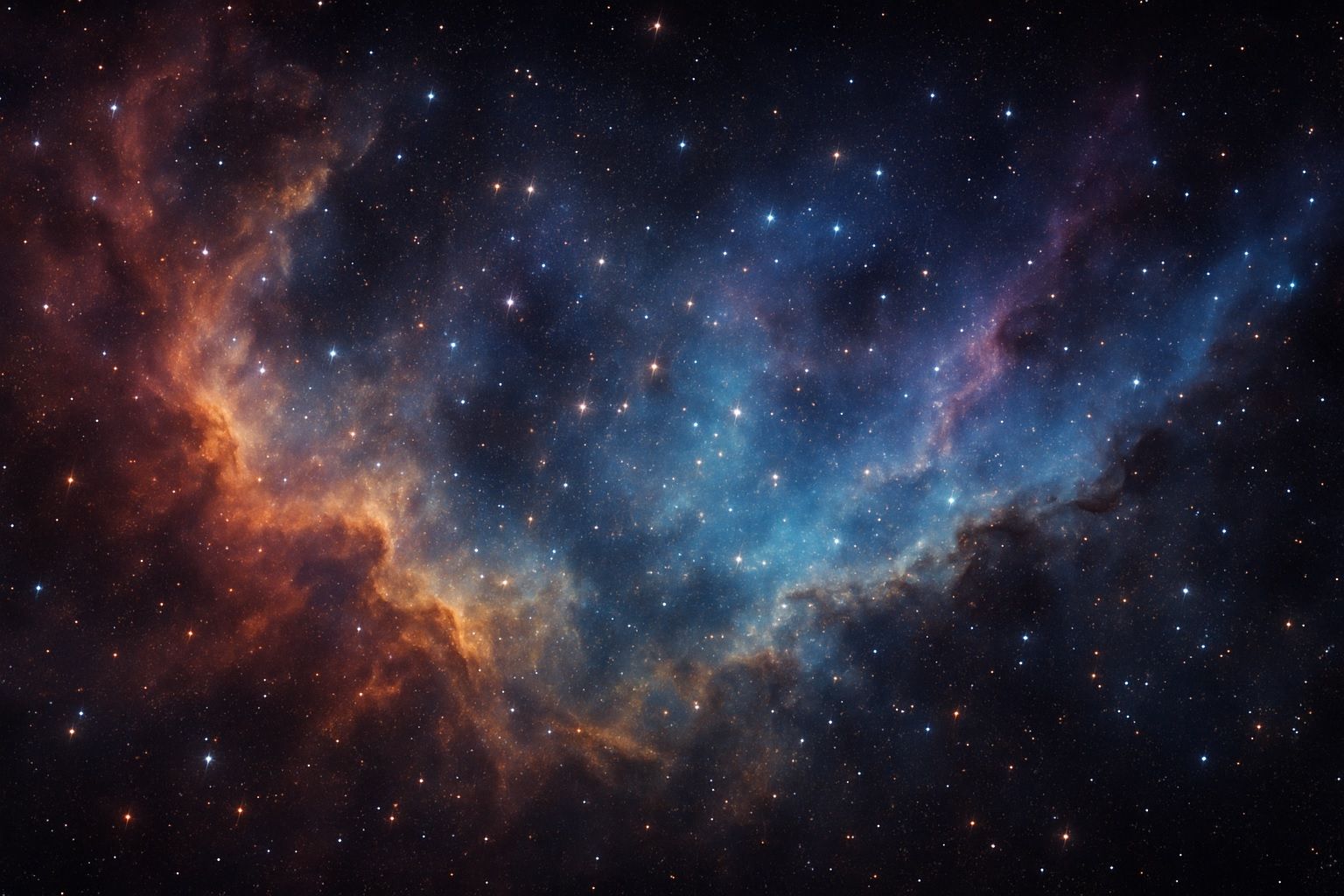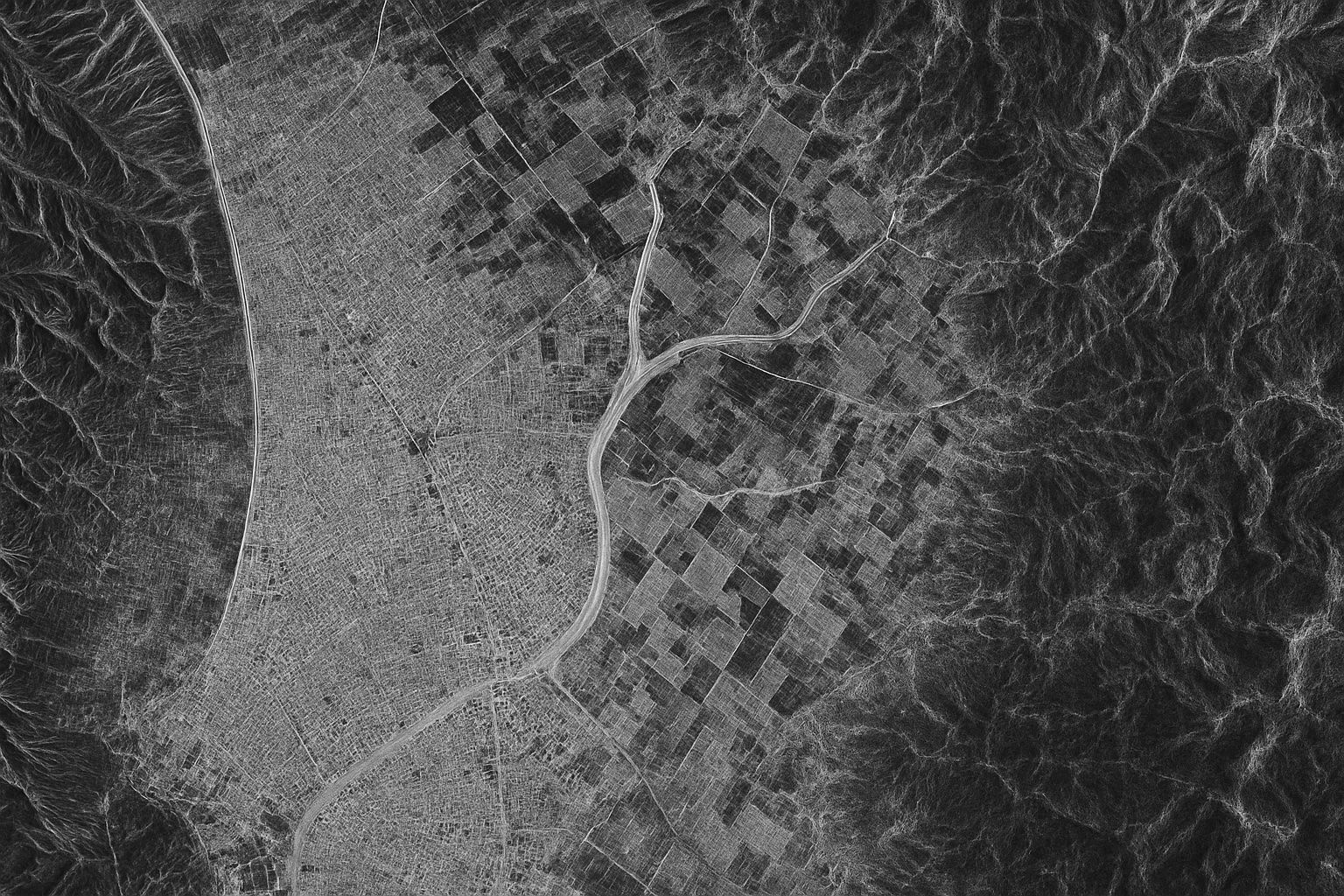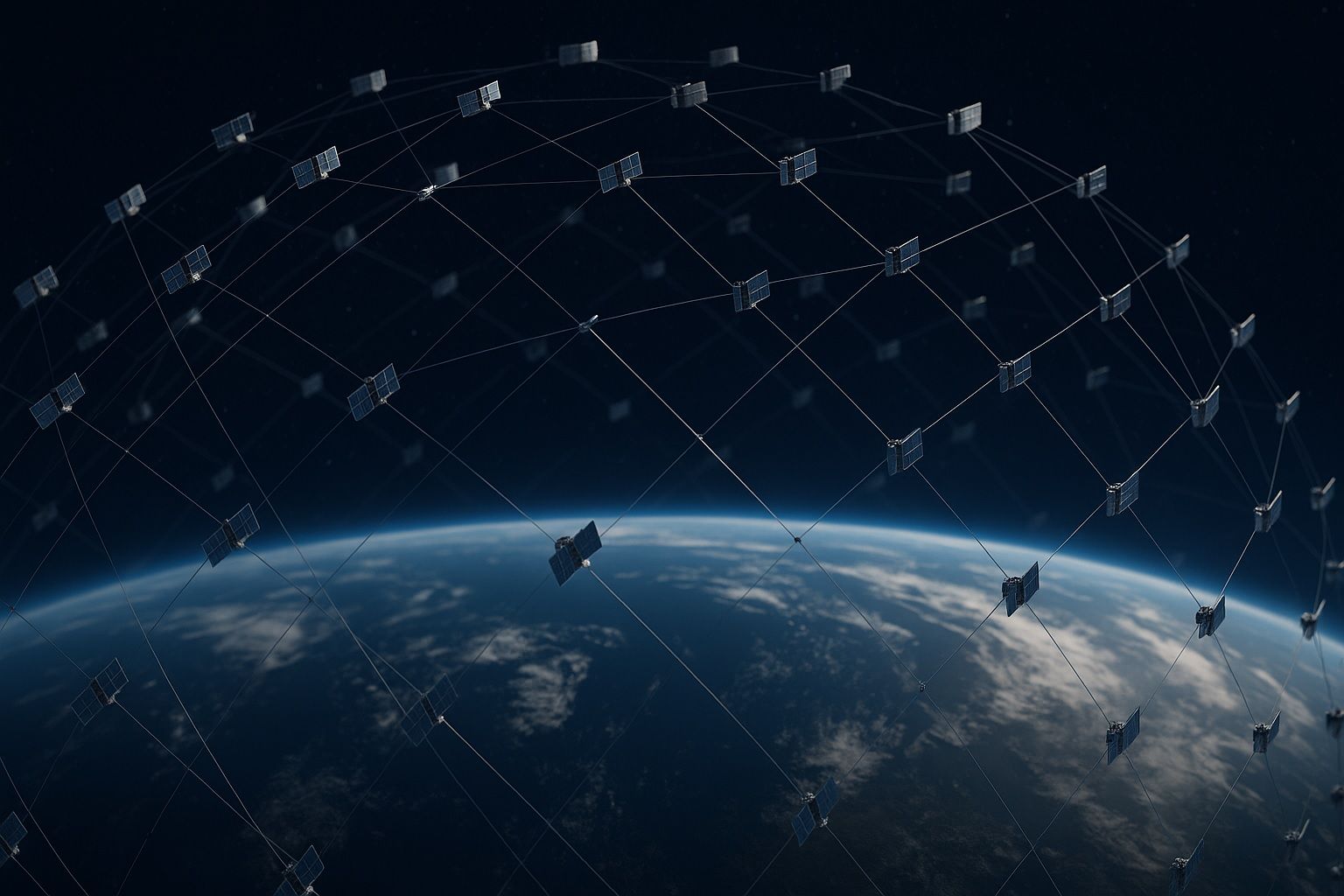
Space-Weather Satellites: Earth’s Cosmic Early Warning System
SOHO (Solar and Heliospheric Observatory), launched in 1995, became the first satellite to continuously observe the Sun from the Sun–Earth L1 point and carries the LASCO coronagraph, enabling CME tracking and the discovery of more than 5,000 comets. ACE (Advanced Composition Explorer), launched in 1997, and NOAA’s DSCOVR (Deep Space Climate Observatory), launched in 2015, sit at the Sun–Earth L1 to sample the solar wind and provide roughly 15 minutes to 60 minutes of advance warning of approaching CMEs. STEREO, launched in 2006, consists of two spacecraft, STEREO-A ahead of Earth and STEREO-B behind, providing stereoscopic views of solar activity;










